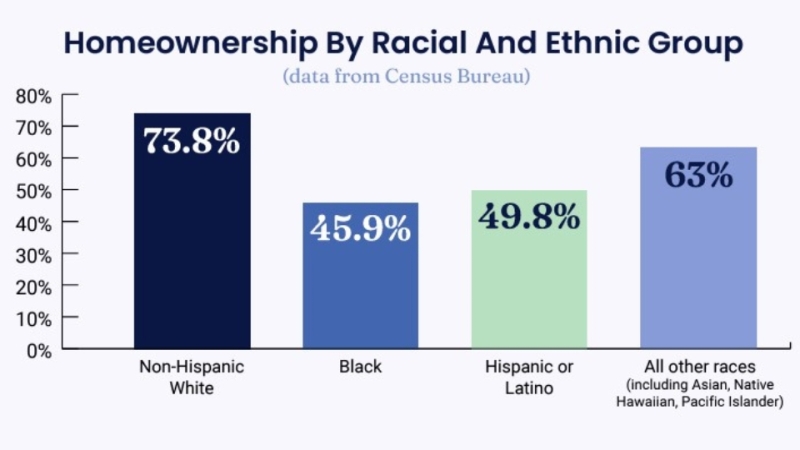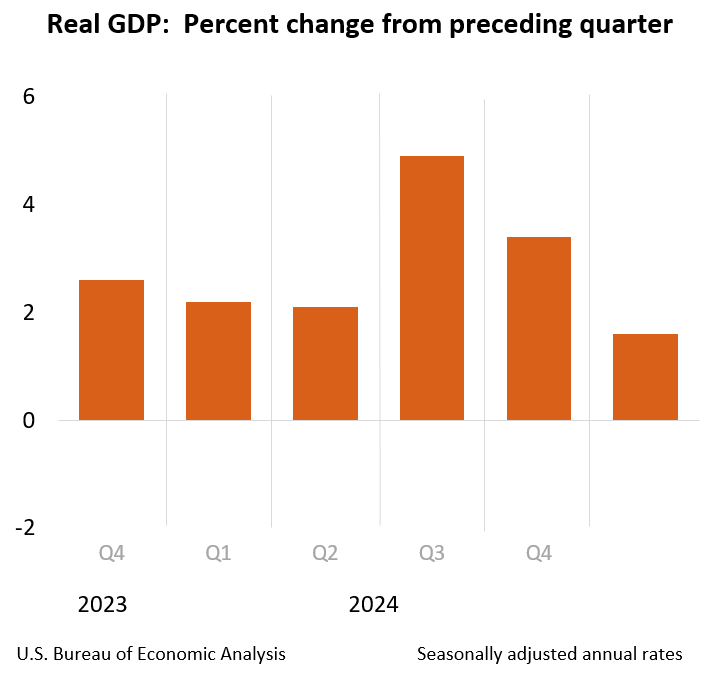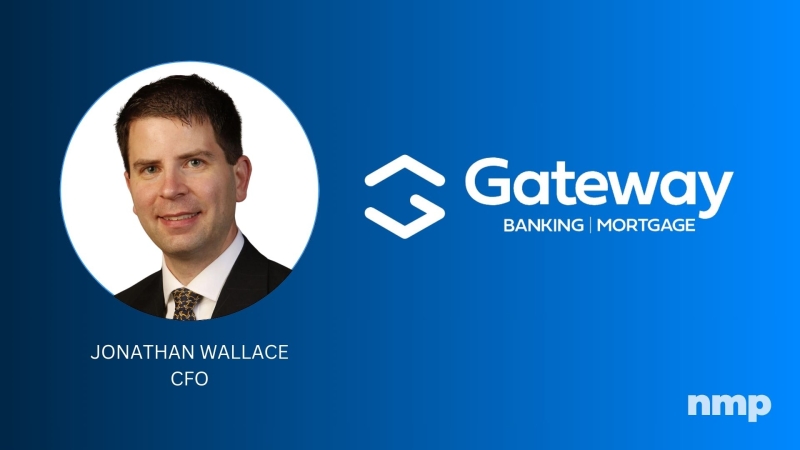Advertisement
Buy a Home in Reverse
Small commercial for all brokersG. Paul Fogelsmall commercial lending, benefits, appraisal approaches
I am constantly hearing from residential brokers who pass on
commercial financing requests, saying, "I have never done a
commercial loan," or "I would not know where to start." Armed with
the knowledge of what it takes to close residential loans, a good
lender and some patience, any broker can add commercial
transactions to their repertoire, better servicing their existing
clients, expanding and diversifying their base of business and, of
course, gaining another great source of revenue.
Generally speaking, small commercial lenders service properties
valued less at than $1 million, while larger commercial lenders
handle more than $1 million, including multifamily, mixed-use,
retail, office, warehouse, automotive, bar/restaurant, hotel/motel
and other special-use properties.
In comparison, small commercial transactions outnumber the
large, and small commercial profit margins are higher. Having
worked as a lender for a large regional bank, a Wall Street
investment bank and now a privately owned investment bank, it has
been my experience that there is less competition for smaller
transactions--conduits, life insurance companies, and large banks
often fight for the large transactions, while small commercial
properties offer brokers a much lower risk of being shopped out of
the deal.
Large transactions are predominately financed by national
corporations who specialize in such a high asset size. In the small
commercial lending arena, however, there is a diverse group of
lenders; some are residential lenders who dip into commercial,
others work with large commercial loans, but dabble in small
commercial and some even offer both. There is only a handful of
lenders who make small commercial their primary business.
Some banks will offer small commercial financing to consumers
with good credit, but most specialize in short-term financing, with
a maximum of between five and seven years, for mixed-use,
multifamily, retail and office properties. With a good banking
relationship, banks can sometimes use these compensating factors to
go "outside the box."
Investment banks and credit companies with small commercial
programs offer similar financing terms. Both can provide for
long-term debt assistance and offer both stated and full
documentation programs, but pricing is often higher than banks, and
many programs are limited to certain property types and credit
scores.
The process
Never turn away any commercial prospects and make sure to become
familiar with your lenders' programs. Nearly all lenders are
credit-score and loan-to-value (LTV) driven. Obviously, the higher
the credit score is, then the higher the LTV is and the better the
pricing will be. Knowing what lenders can and cannot do is
essential to being productive and credible to your borrower.
Request information for quick reference and become familiar with
each program.
Find out from the lender what documentation they require to
begin. This varies between lenders, but at a minimum, they will
likely request a credit report, loan submission or application and
1003 form. Each lender has their own specific guidelines for
appraisals, including what type of appraisal should be ordered,
what needs to be included in the report, or an "approved list" of
appraisers.
The hardest part of commercial lending is understanding the art
of how properties are appraised and valued. There are three overall
approaches: Cost approach, income approach and sales approach.
Cost approach
The appraiser determines what it would cost to build an entirely
new structure, with similar build-out under similar zoning
requirements. The cost approach is the least effective method for
lending purposes, but is often used for insurance purposes.
Income approach
The appraiser attempts to reconstruct an operating income and
expense scenario, mirroring the market and conditions of the
property. The income approach is the most accepted determination of
value.
Sales approach
The appraiser researches comparable land sales, such as location
and lot size, analyzes the variables and adjusts for differences in
physical structure. The sales approach compares land and building
sales on a square footage basis to determine value.
To avoid any difficulties during the review, it is best to hire
an appraiser that has prior experience with your particular lender
and to follow the lender appraisal guidelines rigorously. When the
appraisal process is completed, and all other conditions on the
pre-approval are met, the transaction should be ready to close.
Most lenders will run the transaction through underwriting one last
time, just to be safe, before submitting the file to their closing
department. With good processors and transaction managers, no
future problems should arise.
I hope this has given an acceptable overview of how small
commercial transactions are written. The small commercial mortgage
arena is in abundant supply and presents an opportunity for all
brokers. While it takes a bit more work and some perseverance, it
is not very difficult to become comfortable and profitable in this
area. I suggest finding a good account executive who represents a
good product and give it a shot! You have nothing to lose.
G. Paul Fogle is an account executive at Interbay Funding
LLC. He may be reached by phone at (866) 848-3049, e-mail at
[email protected] or by visiting www.interbay.com.
About the author





